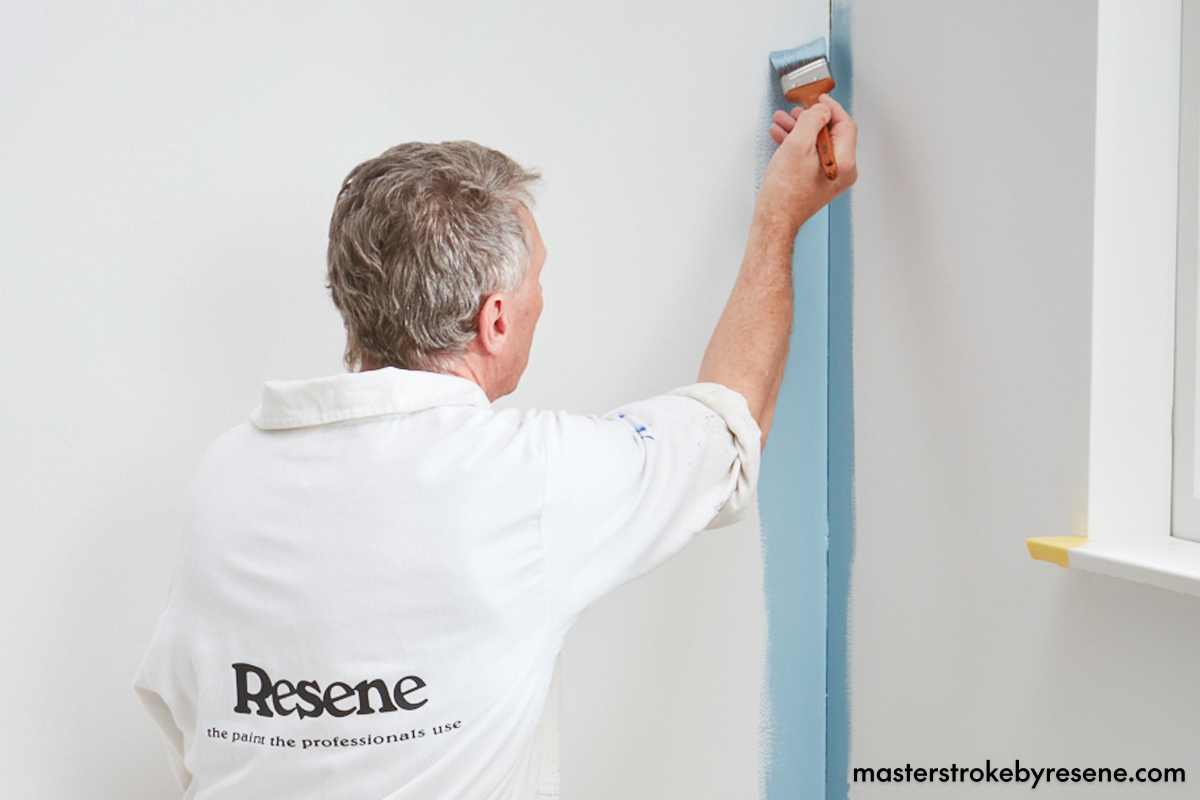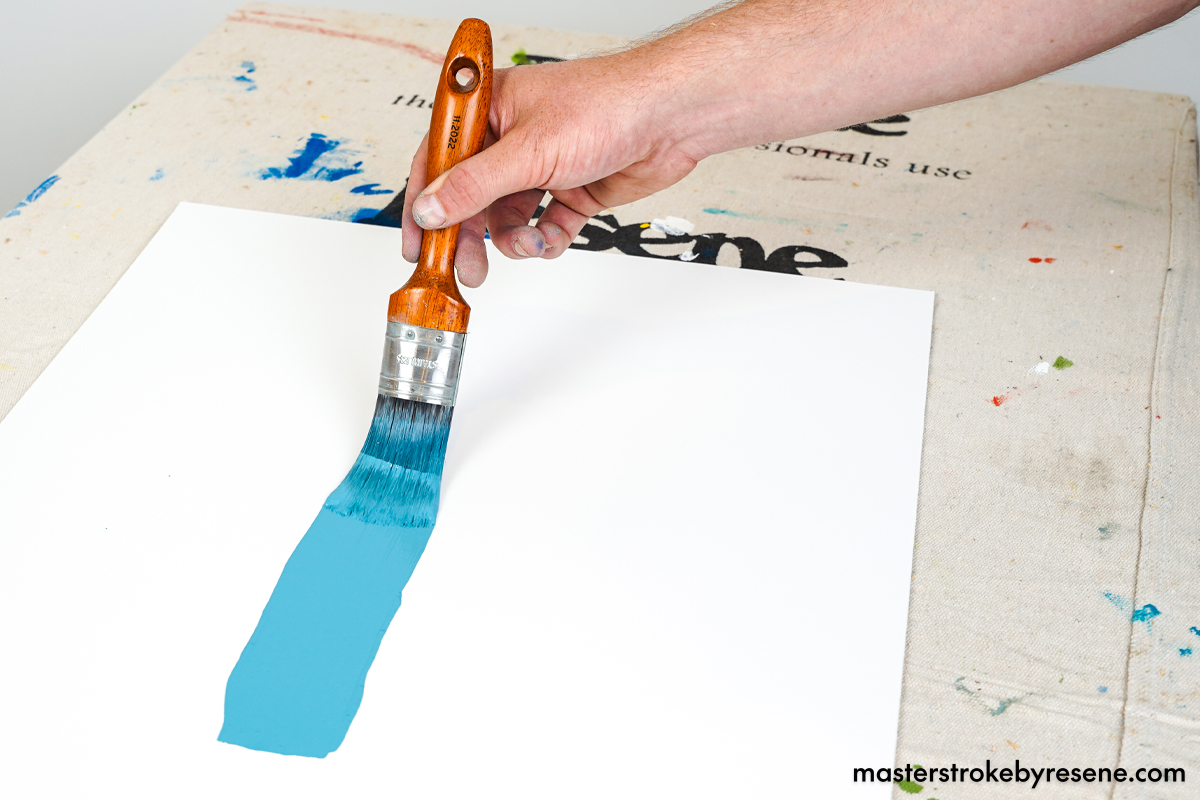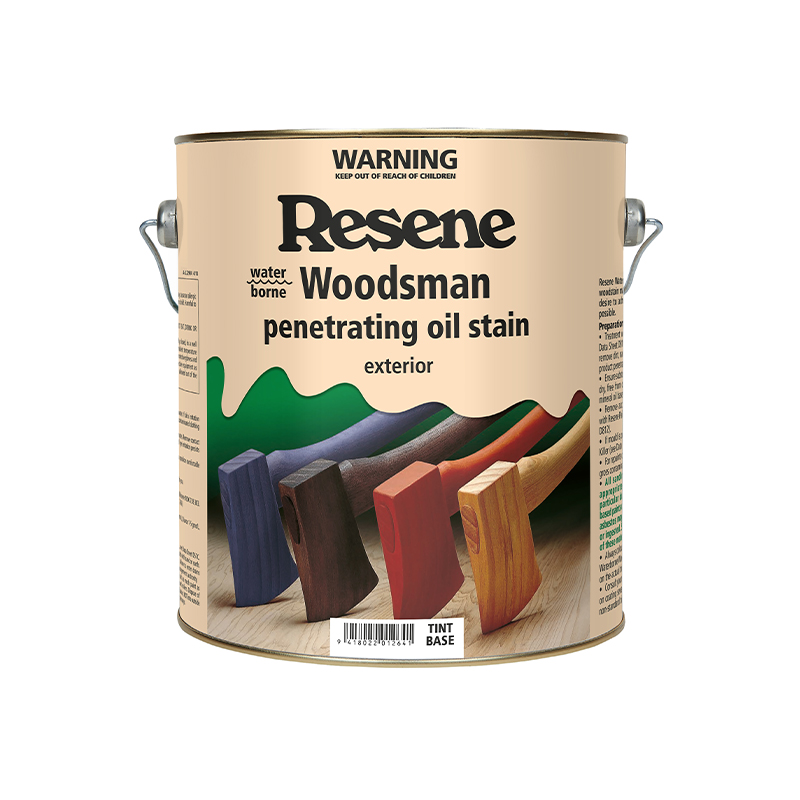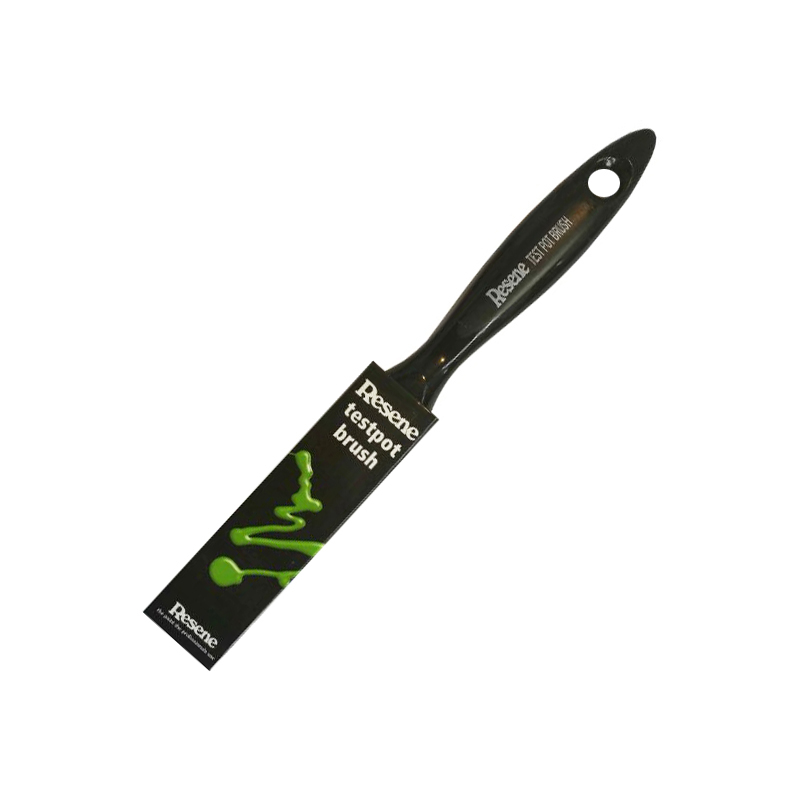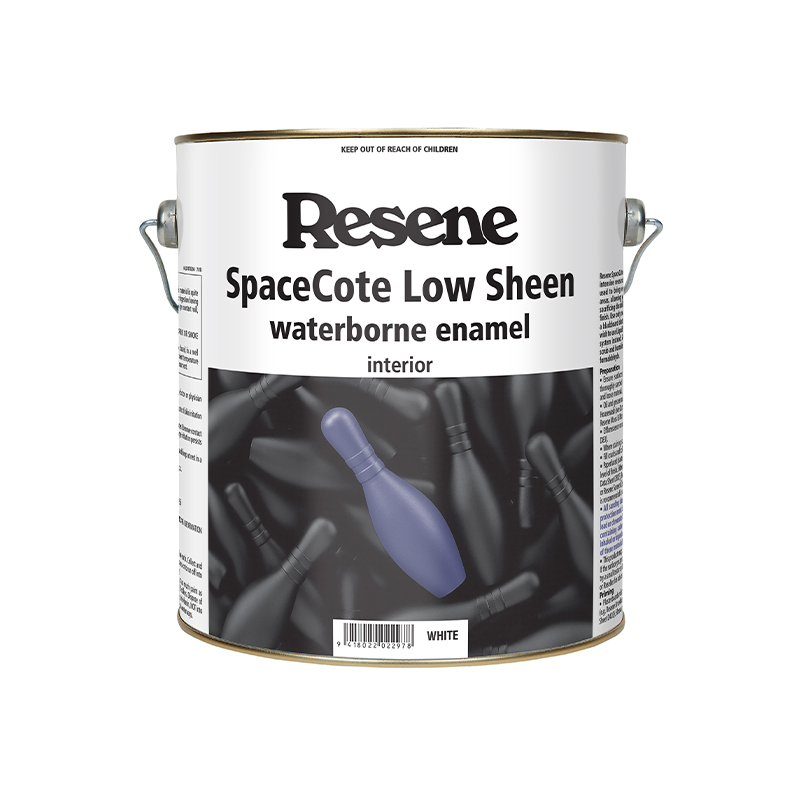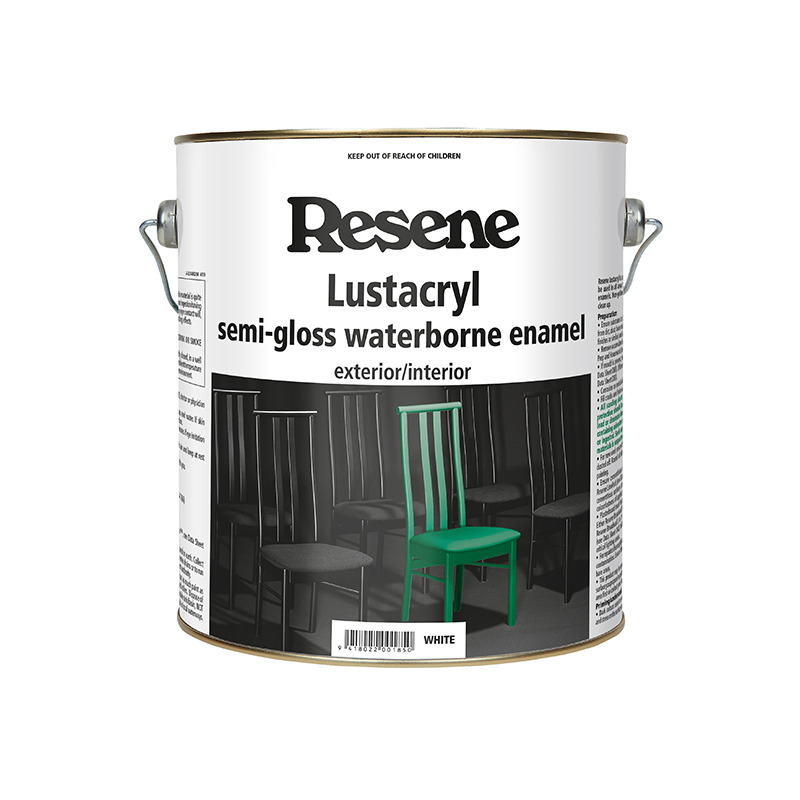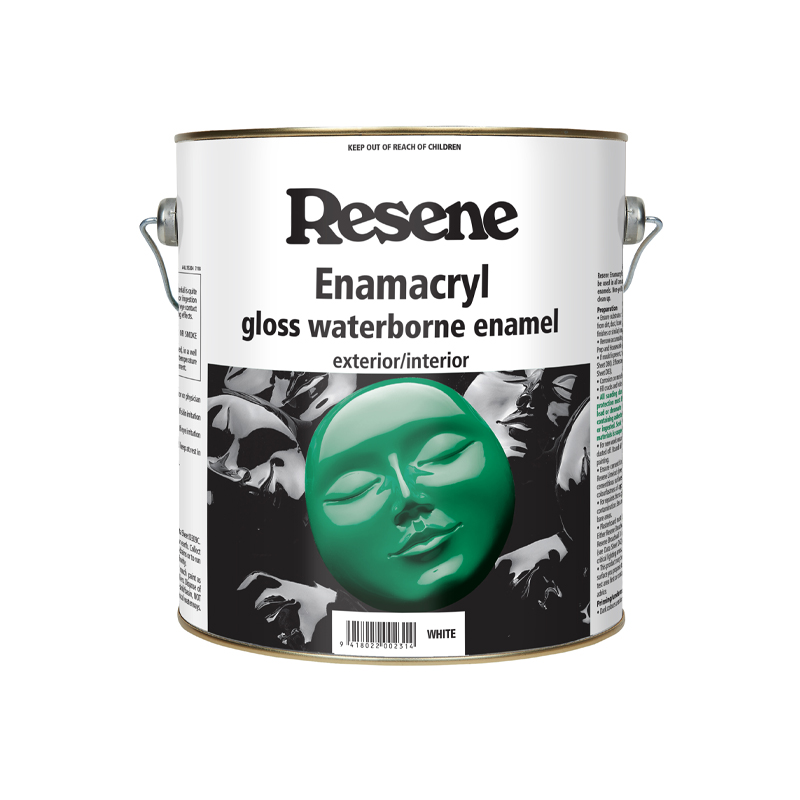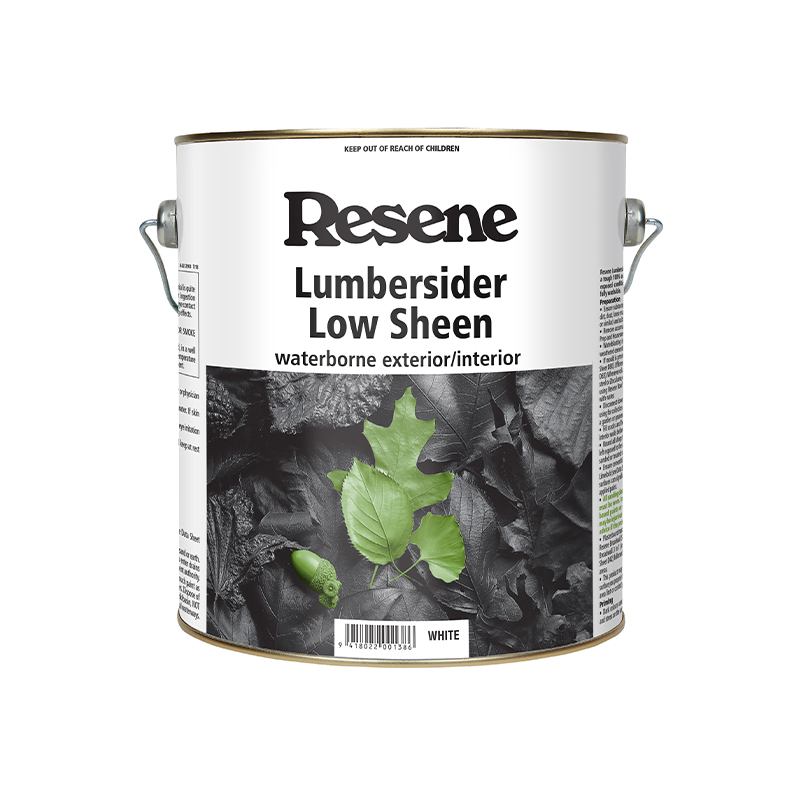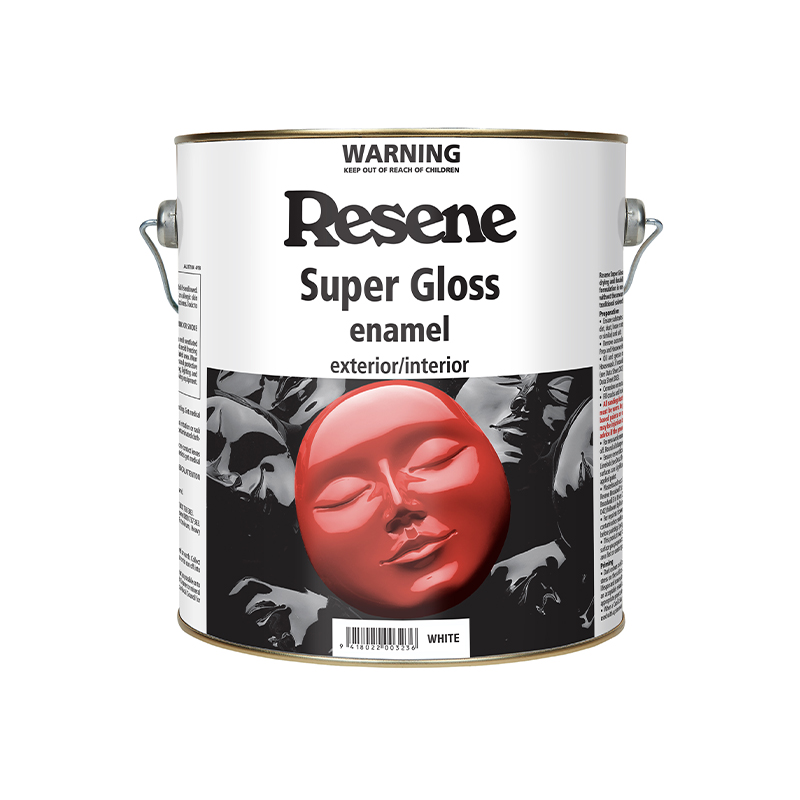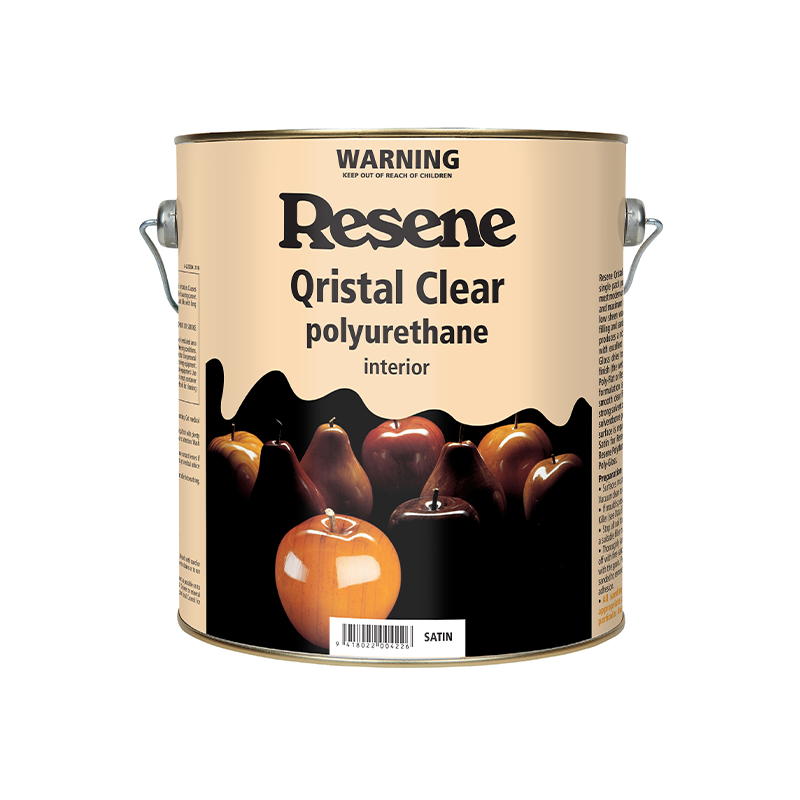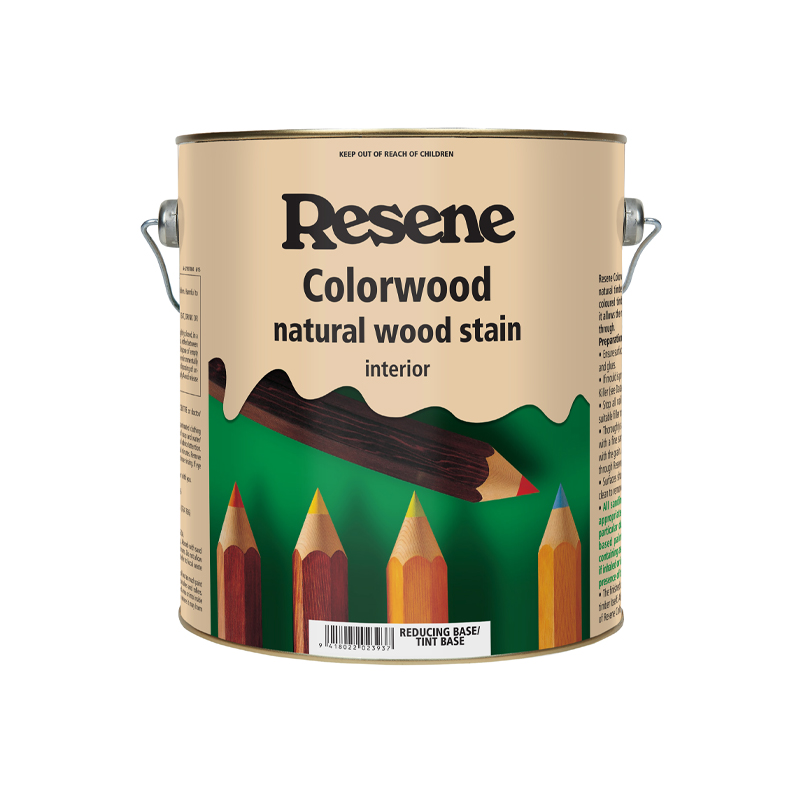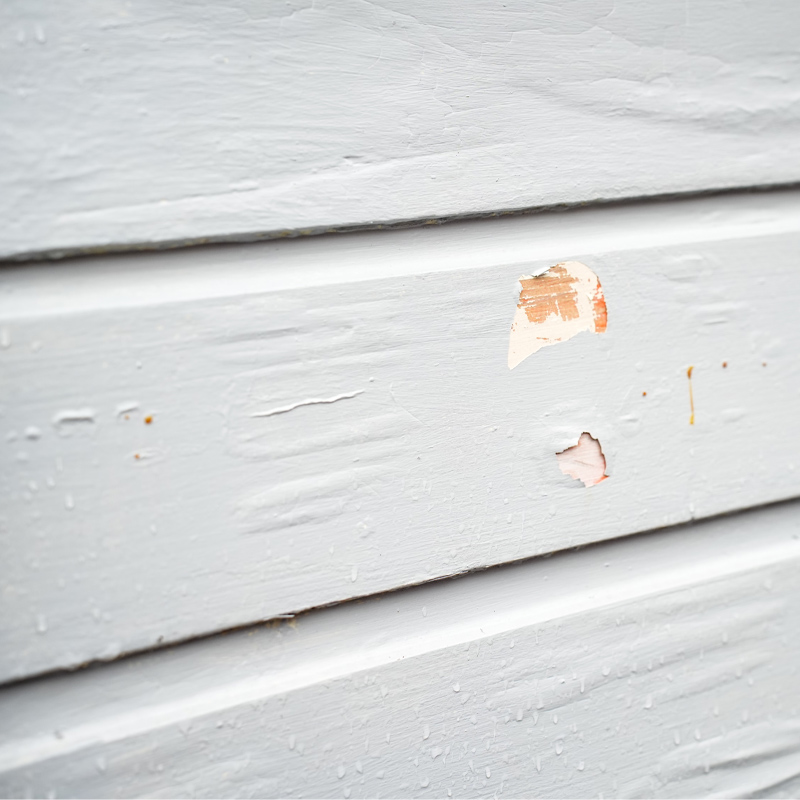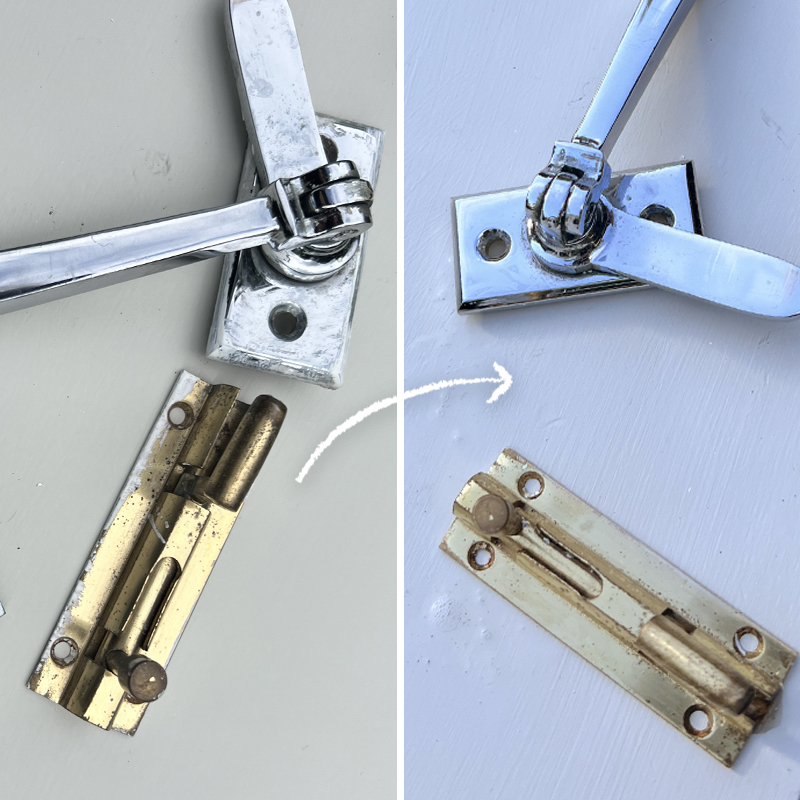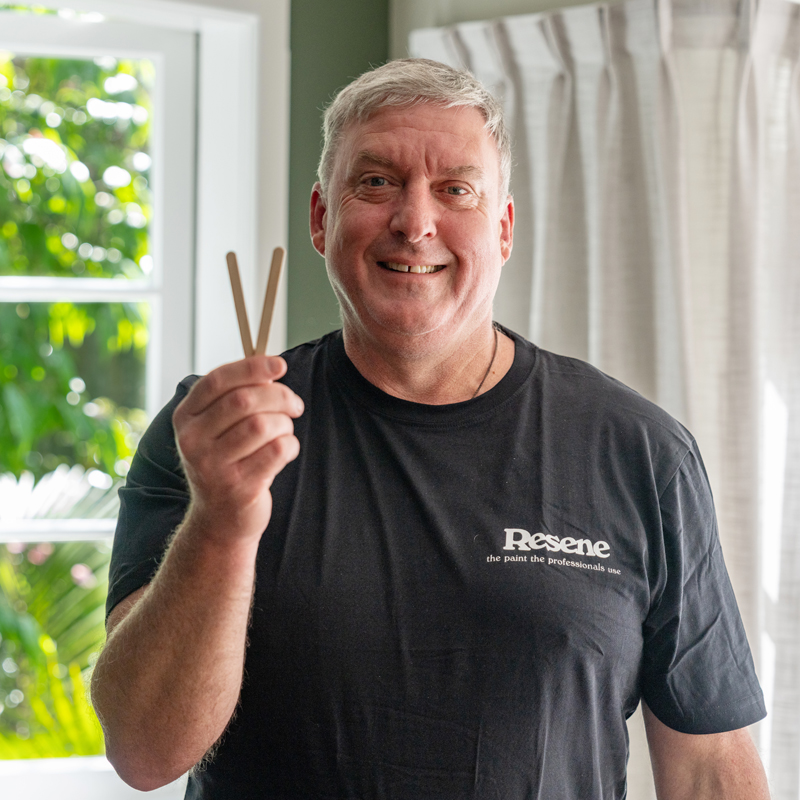The old proverb that a bad workman blames his tools is only partially true when it comes to paint and paintbrushes. A good-quality paintbrush used to apply top-quality paint like Resene will make a world of difference to the result of your project. Streaks or wayward bristles from a poor-quality brush can ruin your painting efforts. Alternatively, using a brush that’s not suited to the job at hand can leave your arms and wrists tired from the strain. Follow our guide to paintbrushes and brush up your knowledge on tools and techniques.
Five things to consider when choosing a paintbrush
Whether you’re painting an interior wall or exterior weatherboards of your home it’s best to use a variety of paintbrushes for the different parts of the project. These five considerations will help you choose the right brushes for you to get the job done:
1. The type of project
Do you have a large amount of painting to do? If so, you will need some paintbrushes capable of painting large surfaces (see number 3 below). If it’s a project that might take a long time, you may want to invest in top-quality brushes, but if it’s a small project, cheaper brushes will do the trick. Good brushes have long tapered bristles that won’t fray or flick paint. If your project involves using a clear coat varnish, you may wish to get a special brush for this purpose that will not be used for painting. A good-quality paintbrush will have a stainless steel ferrule that won’t rust and will prevent the shedding of bristles.
2. Your painting experience and strength
The larger the paintbrush, the more paint you can apply in one go and the faster the job will get done. But while it might be tempting to use the largest paintbrush you can find to get the job done, a large paintbrush such as an 88-100mm brush, or a heavy PAL Legend Flat Brush, inexperienced painters might tire quickly. A better option for beginner painters is usually a smaller brush, such as a 64-75 mm brush. Experienced painters may be able to cut in using a larger brush, but beginners will have more control using a smaller cutting-in brush. Another lightweight option for fast application could be using a paint roller, but these are not suitable for every job. For example, a brush is best when applying Resene Woodsman to timber weatherboards, as the brush helps the product to penetrate the grain of the timber better.


